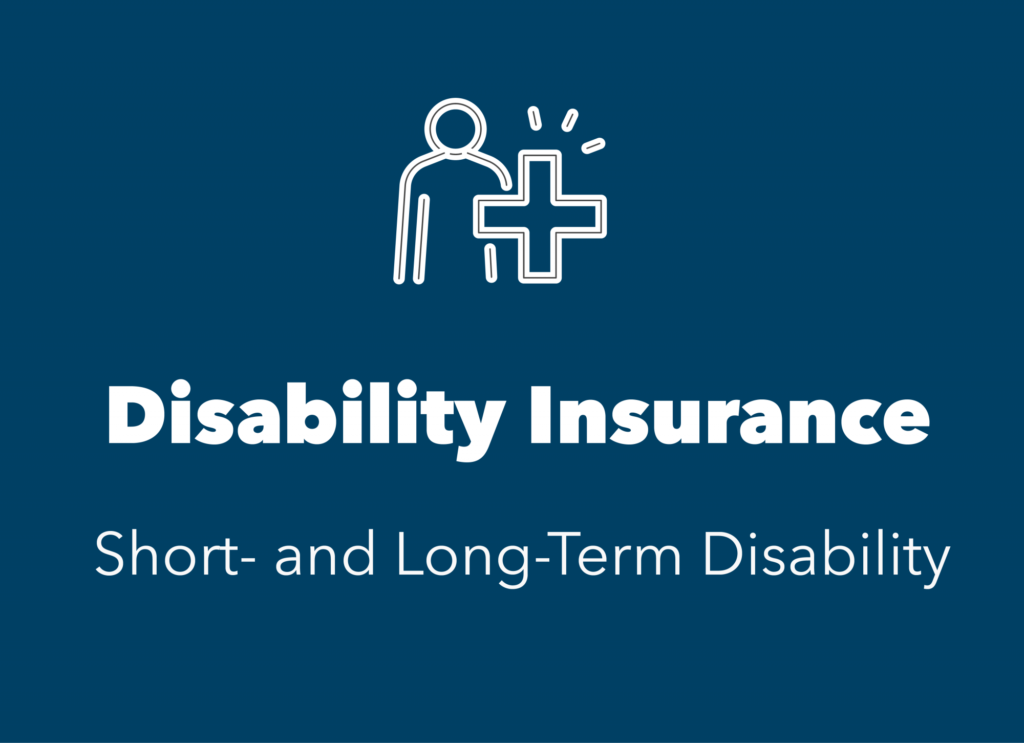Short Term vs Long Term Disability: Disability insurance, provides financial support when you can’t earn a living. But with two main types – short-term and long-term disability – it’s crucial to understand the distinctions and which one best suits your needs. Long-term disability insurance is meant to maintain income replacement if your condition keeps you out of work past the end of your short-term disability benefit period—and possibly even until retirement, depending on your plan and Short-term disability insurance is meant to cover you immediately following a serious illness or injury.
Imagine this: you’re sidelined by an illness or injury and can’t work. The medical bills pile up, and your income takes a nosedive. Disability insurance can be a lifesaver in such situations.

What is Short Term Disability Insurance?
- Coverage Length: Short-term disability insurance provides coverage for a brief period, typically ranging from 3 to 6 months.
- Purpose: It is suited for situations where an employee is temporarily unable to work due to an illness or injury but is expected to recover and return to work.
- Benefits: Short-term disability typically pays up to 80% of lost income during this period.
- Eligibility: Employees must provide evidence from medical providers (such as doctors or therapists) to qualify.
- Conditions: It covers medical conditions like surgery recovery, pregnancy, or other short-term health issues.
- Not Limited to On-the-Job Injuries: Unlike workers’ compensation, short-term disability doesn’t require the injury or illness to occur on the job.
- State Requirements: Some states mandate employers to provide short-term disability coverage, while others do not.
What is Long Term Disability Insurance?
- Coverage Length: Long-term disability insurance offers extended coverage, often lasting several years or until retirement age.
- Purpose: It helps employees who cannot perform any job, not just their current one. This includes situations where the disability is long-lasting or permanent.
- Benefits: Long-term disability typically covers up to 60% of lost income.
- Eligibility: Employees must meet specific criteria based on their inability to work.
- Conditions: It provides support for serious and long-term medical conditions.
- Not Limited to On-the-Job Injuries: Similar to short-term disability, it doesn’t require the disability to be work-related.
- Social Security Payments: Long-term disability benefits may continue until Social Security payments begin or until retirement.
Key Differences: Short Term vs Long Term Disability
| Short-term Disability | Long-term Disability | |
|---|---|---|
| Coverage Time Period | 9 – 52 weeks | 5 – 10 years, or as long as employee is disabled until the age of 65 |
| Provided Wages | 40% – 60% of employee’s regular wages | 50% – 70% of employee’s regular wages |
| Coverage Start | Coverage begins 1 – 14 days after employee is unable to work | Coverage begins 10 – 53 weeks after employee is unable to work |
| Examples | Back problems, arthritis, injuries from an accident, childbirth | Musculoskeletal disorders, nervous system disorders, cancer |
Important Considerations
- Your profession: Certain occupations have a higher risk of long-term disability, making long-term coverage more critical.
- Your existing health: If you have pre-existing conditions, it’s crucial to ensure your disability insurance covers them.
- Your family situation: Do you have dependents who rely on your income? If so, long-term disability can provide vital support.
- Your budget: Look into your financial situation and consider the cost of both short-term and long-term disability coverage.
So, which one do you need?
Short-term disability: Ideal if you’re concerned about covering your immediate expenses during a temporary setback like a broken bone or a minor surgery. It helps with rent, bills, and basic needs while you recover.
Long-term disability: Essential if you have a high-risk occupation or a pre-existing condition that could lead to a prolonged inability to work. It provides financial security during a potentially devastating period.
Conclusion
In short, short-term disability is more suitable for temporary situations, while long-term disability provides coverage for extended periods or permanent disabilities. Employers should be aware of their legal obligations and consider both types of insurance to support their employees effectively.
